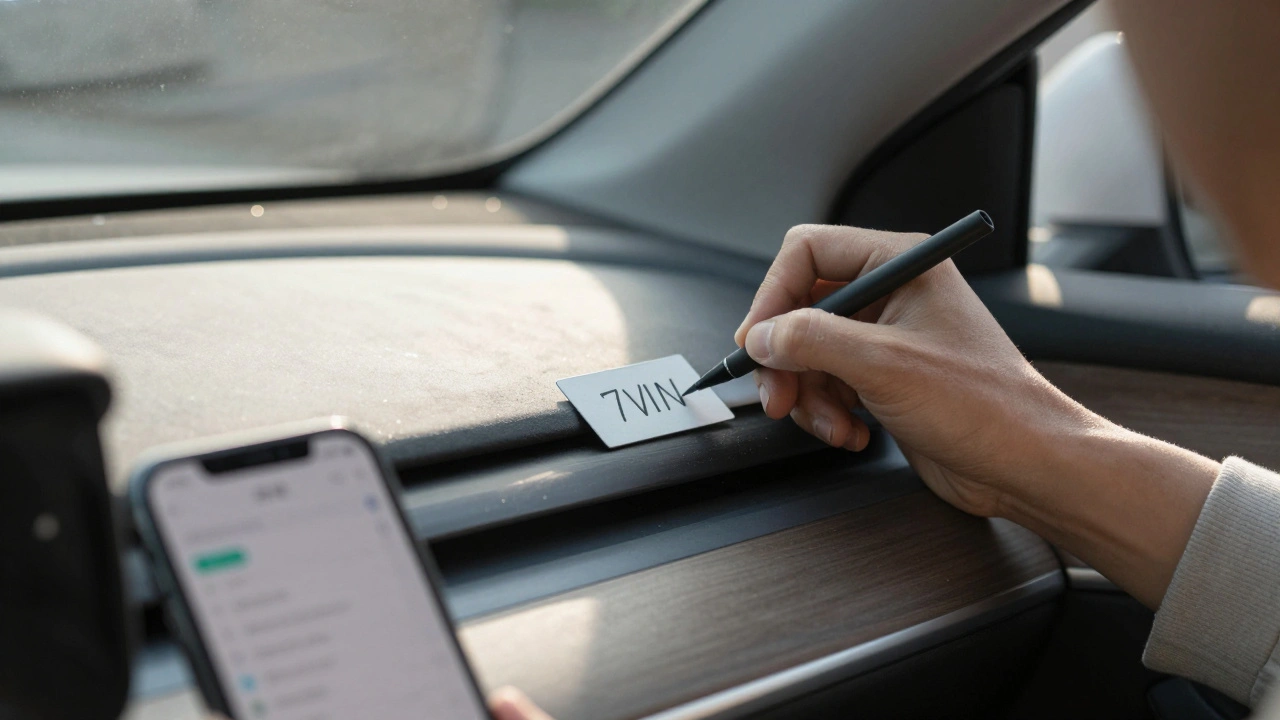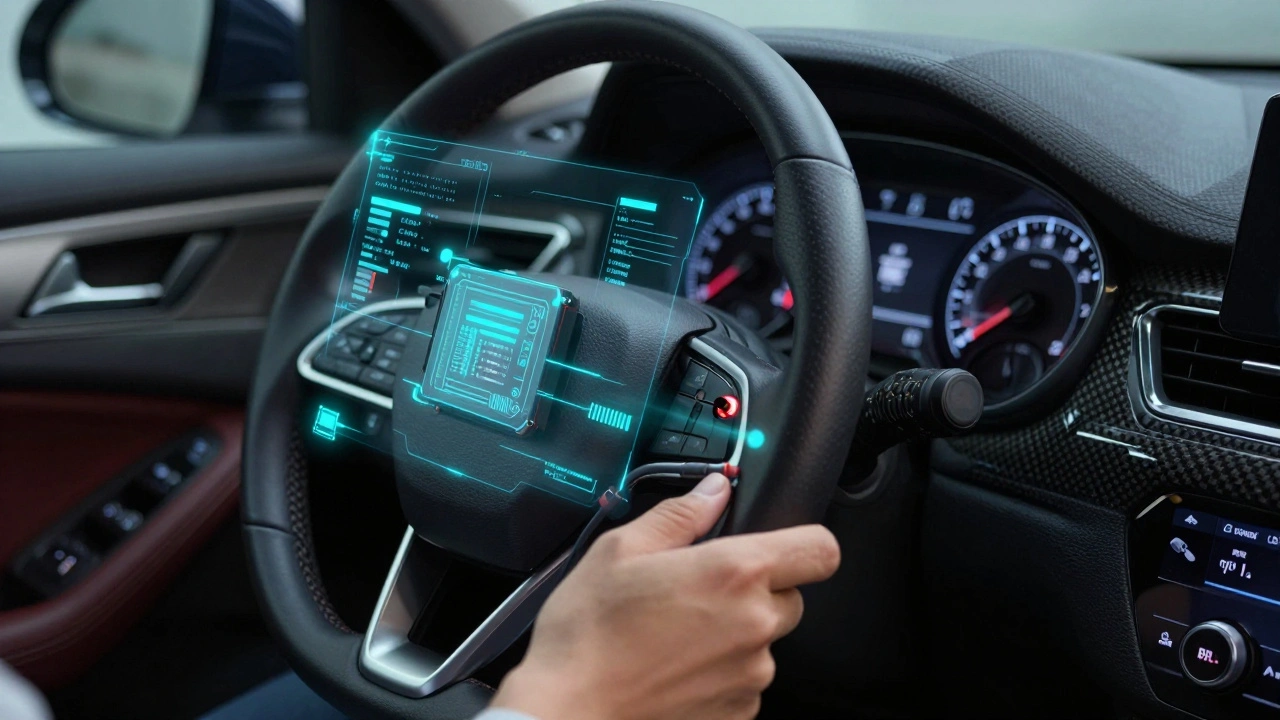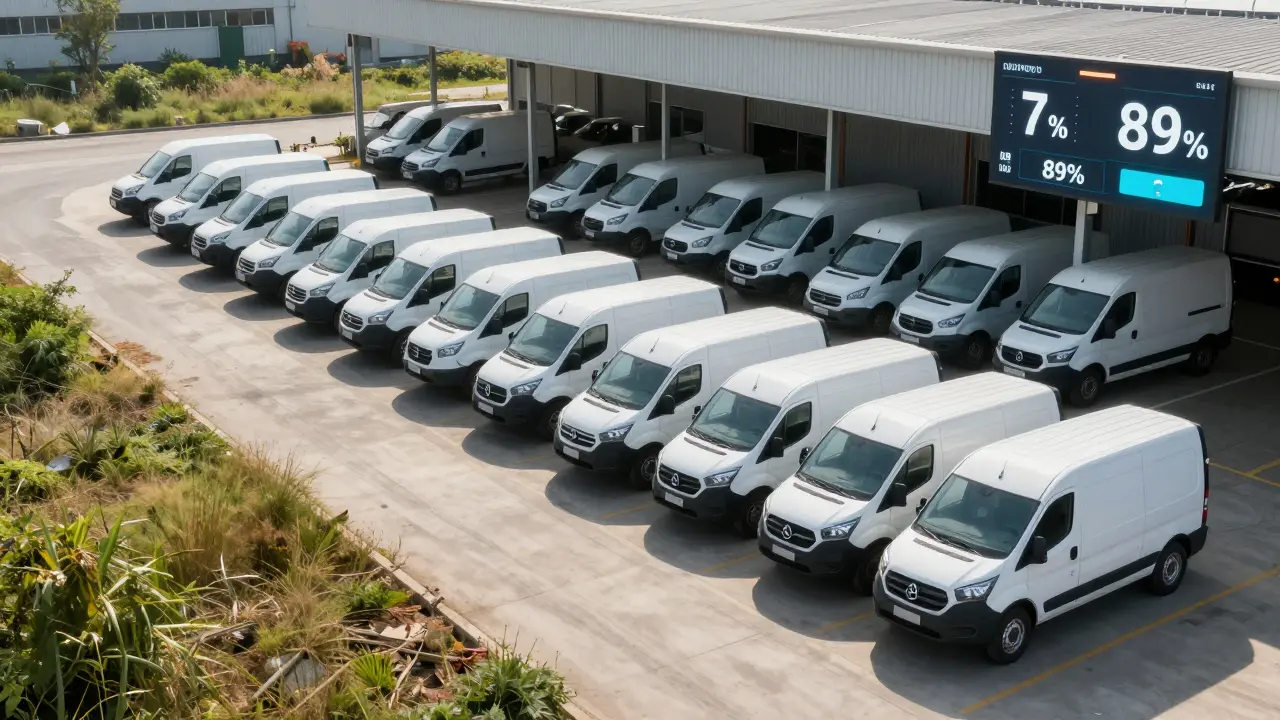EV History: From Early Experiments to Modern Electric Cars
Ever wondered how electric cars went from curiosities to today’s high‑tech rides? It all started over a century ago, when inventors tinkered with batteries and motors in garages and labs. Those first electric wagons were quiet, simple, and perfect for city streets, but limited range kept them from becoming mainstream.
In the 1900s, electric cars actually outsold many gasoline models. They were reliable in cold weather and didn’t need messy hand‑cranking. But the discovery of cheap gasoline and the rise of mass‑produced internal‑combustion engines pushed EVs to the sidelines. For decades, electric vehicles were mostly limited to niche markets like golf carts and forklifts.
Key Milestones That Changed the Game
Fast forward to the 1970s and 80s: the oil crisis sparked renewed interest in alternatives. Engineers began experimenting with lead‑acid and later nickel‑metal hydride batteries, but the cars still struggled with weight and cost. The real breakthrough came in the 1990s when Japanese automakers introduced the first modern hybrid, blending a small gasoline engine with an electric motor. That hybrid tech proved electric power could boost fuel efficiency without sacrificing range.
The early 2000s saw the debut of the first true plug‑in electric cars. Early models like the Tesla Roadster (2008) shocked the world with performance that rivaled sports cars, while also proving that lithium‑ion batteries could store enough energy for practical driving. Around the same time, government incentives in Europe, China, and the U.S. made EVs more affordable for everyday buyers.
Why EVs Are Growing Faster Than Ever
Today, electric cars dominate headlines because they combine lower running costs, zero tailpipe emissions, and high-tech features. Battery prices have dropped dramatically—over 80% since 2010—making long‑range models under $30,000 a realistic goal. Automakers are investing billions in dedicated EV factories, and many commit to phasing out gasoline models within the next decade.
The charging network is also expanding fast. Fast chargers can now add 200 miles in 15 minutes, removing the biggest fear of “running out of juice.” Plus, home charging setups let owners plug in overnight, turning the garage into a personal fuel station.
Environmental pressure adds another push. Cities are banning diesel cars in downtown areas, and governments are tightening emissions standards. Electric cars help meet those rules without sacrificing performance.
Looking ahead, the next wave of EVs will likely feature solid‑state batteries, which promise even higher energy density and faster charging. Autonomous driving tech is also being built around electric platforms, because the combination of sensors and instant torque fits well together.
Bottom line: the story of electric vehicles is a mix of early curiosity, missed chances, and recent breakthroughs. From noisy early models to today’s sleek, fast, and eco‑friendly rides, EV history shows that persistence and better technology can turn a niche idea into a global movement. Whether you’re thinking about buying your first EV or just love car history, knowing these milestones helps you see why the electric future feels so close and why it matters for the planet and your wallet.

Evolution of Automobiles: Timeline, Key Innovations, and Future Trends
From Benz to EVs and autonomy-see the car’s timeline, breakthroughs, safety and emissions milestones, and what’s next. Clear, data-backed, and easy to skim.




